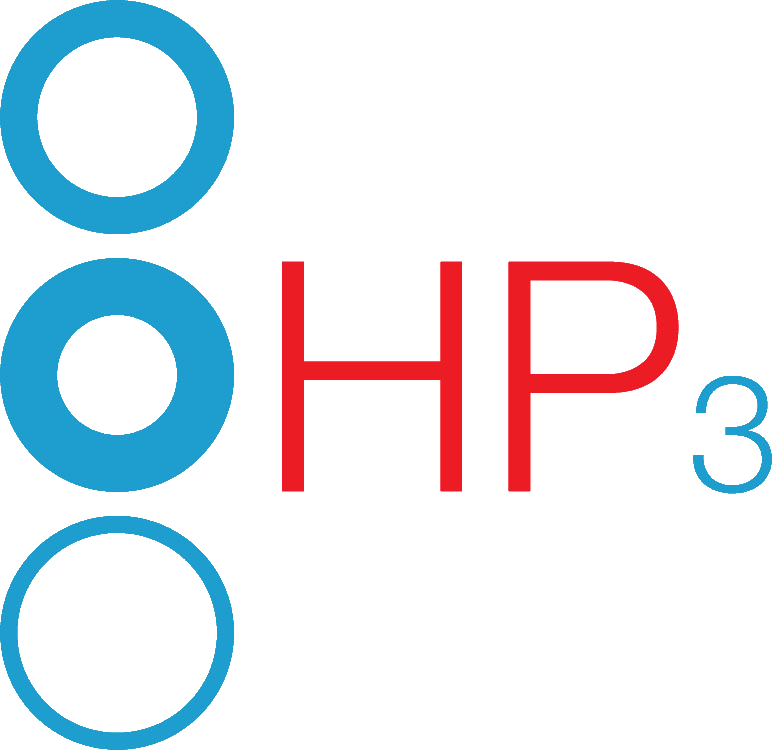Critical Swim Speed Calculator
What is Critical Swim Speed (CSS)?
CSS is the pace you can theoretically maintain indefinitely without exhaustion. It is calculated as the slope of the distance–time relationship from two maximal efforts—commonly 200 m and 400 m—and represents the boundary between heavy and severe exercise domains¹.
Why measure CSS?
By estimating threshold pace in the pool, CSS offers a simple, field‑based tool for prescribing training intensities without laboratory testing. Research shows that swimming at speeds at or slightly below CSS leads to steady blood‑lactate and oxygen‑uptake responses, akin to the maximal lactate steady state, ensuring workouts target the correct metabolic demands².
How to calculate your CSS
Enter your best 200 m and 400 m times (MM:SS) into the calculator.
Using your CSS zones
Once you have your CSS pace, the calculator will display five colour‑coded training zones based on percentages of your CSS pace:
Zone 1 (Recovery/Easy): 77–87 % (green)
Zone 2 (Endurance): 87–94 % (green)
Zone 3 (Tempo): 95–98 % (orange)
Zone 4 (Threshold): 99–104 % (red)
Zone 5 (Max Effort): > 105 % (red)
Use these zones to structure sessions—for example, perform long endurance sets in Zone 2 to build aerobic capacity, or tempo intervals in Zone 3 to enhance your ability to sustain CSS‑related efforts.
How to do your CSS test
Warm up
250 f/s Bilateral breathing f/s Nice and easy
30sec rest
4 x 50 (as 25m sculling drills into 25f/s Steady)
15sec rest between 50's
100 Pull buoy Steady (Focus on good body roll from hips)
30sec rest
Build Set:
4 x 50 25m fast into 25m easy f/s On 1:30
(Raise HR before main set.)
Main Set:
400 TT,
then 250 easy, then
200 TT
Time Trial as fast as you can, but remember to pace yourself and get an accurate finishing time and record. This will form the base of your target times.
Cool Down: 200
References
Dekerle J, Brickley G, Alberty M, Pelayo P. Characterising the slope of the distance–time relationship in swimming. J Sci Med Sport. 2010;13(3):365–370. doi:10.1016/j.jsams.2009.05.007
Nikitakis IS, Paradisis GP, Bogdanis GC, Toubekis AG. Physiological responses of continuous and intermittent swimming at critical speed and maximum lactate steady state in children and adolescent swimmers. Sports. 2019;7(1):25. doi:10.3390/sports7010025
